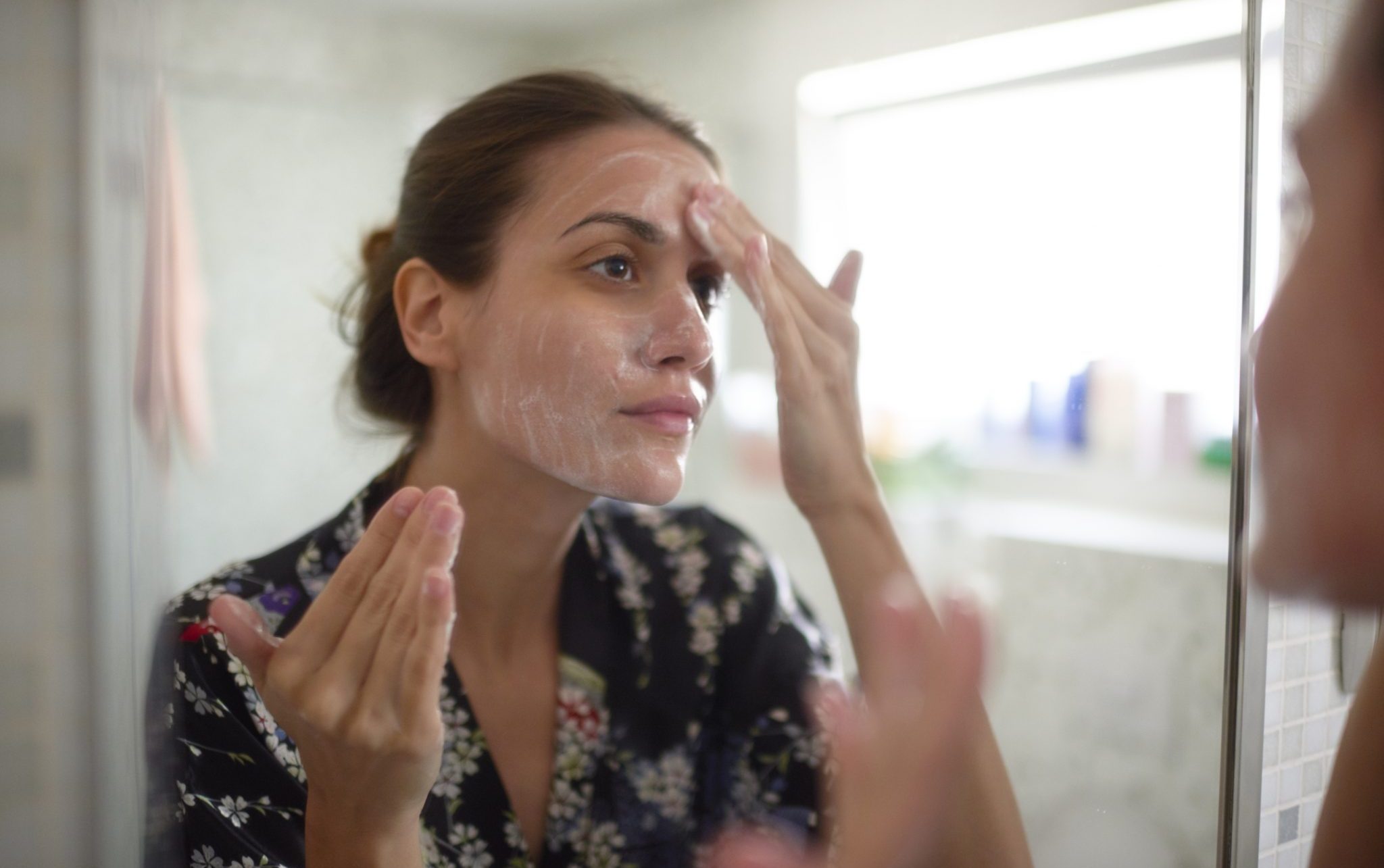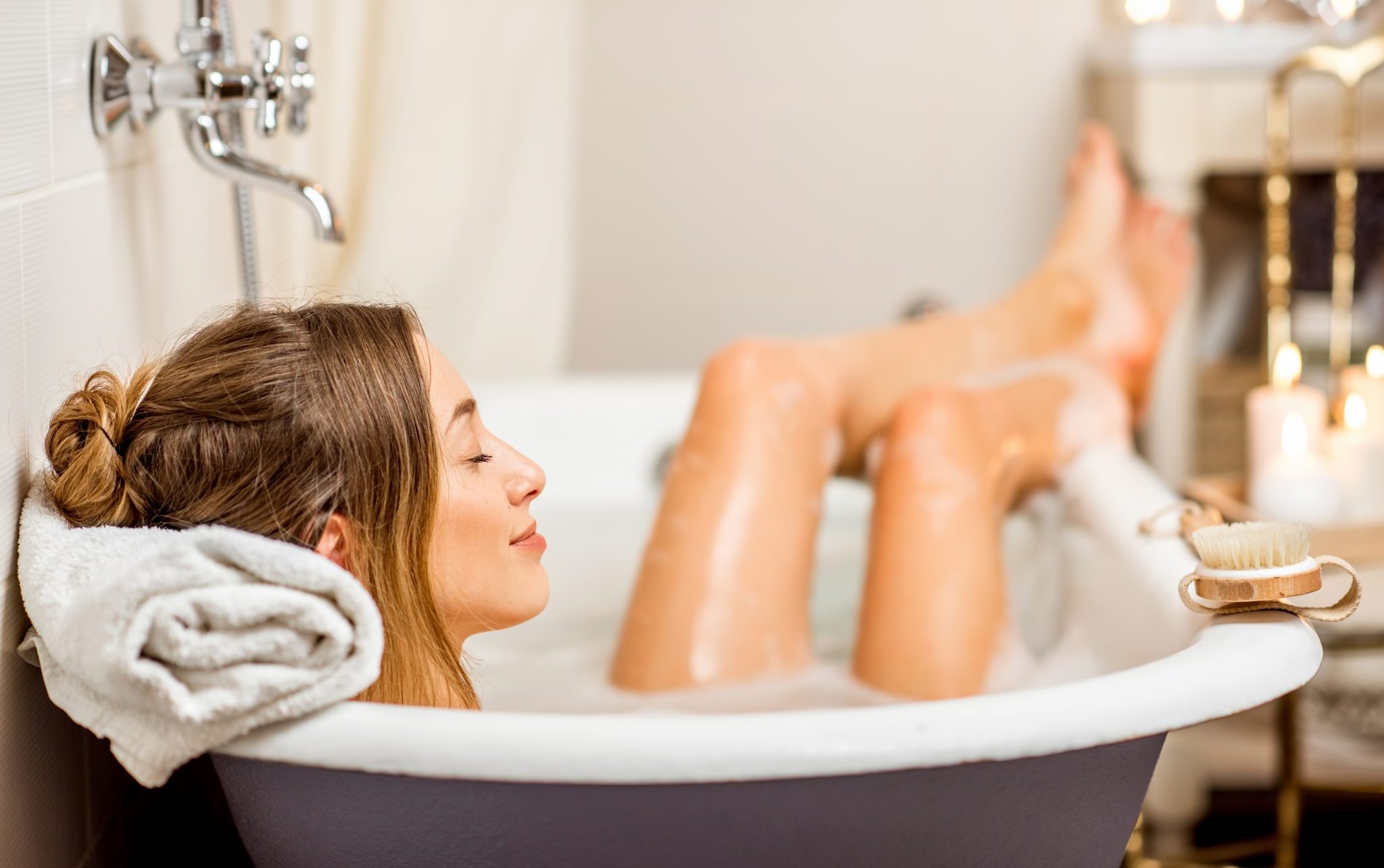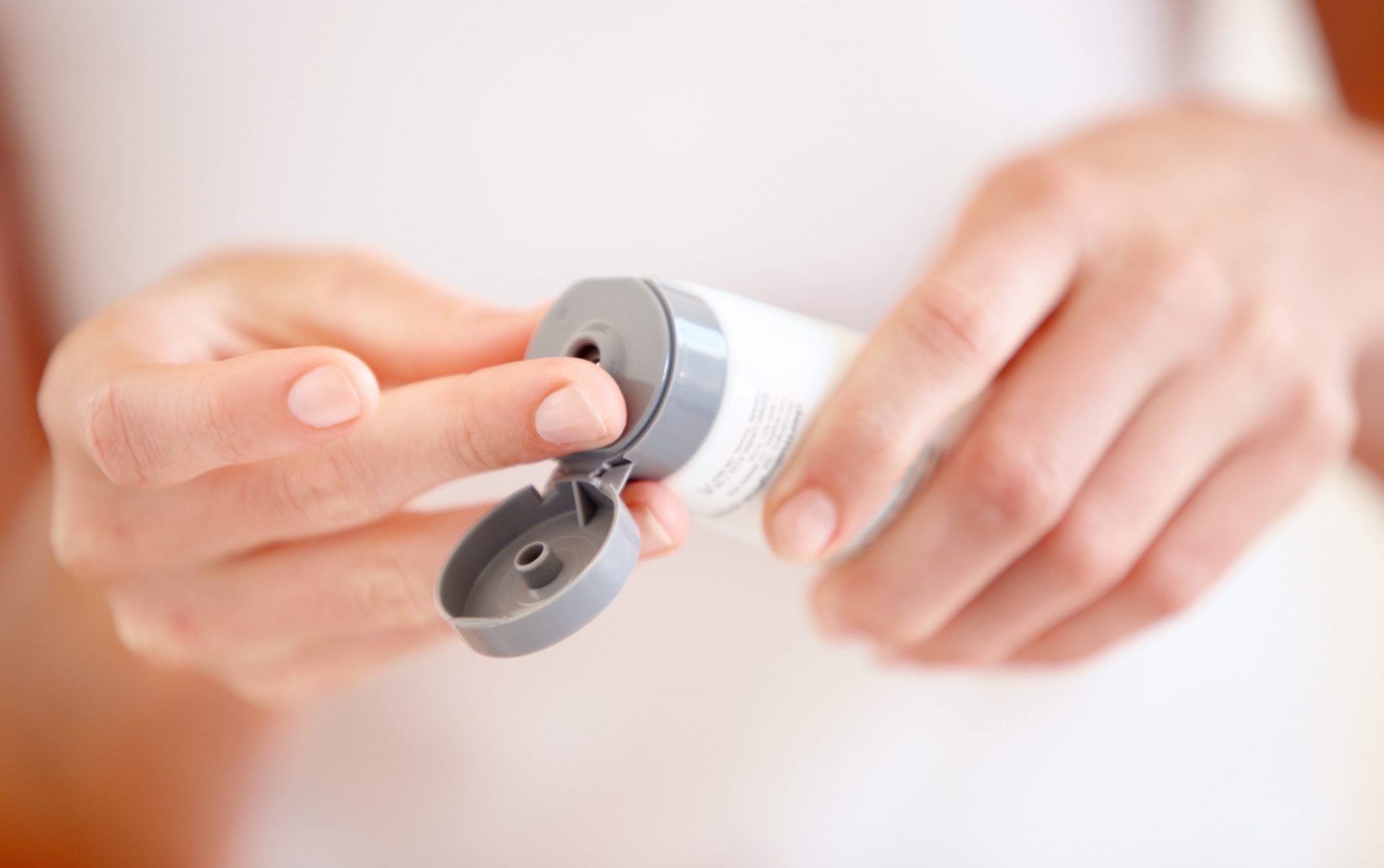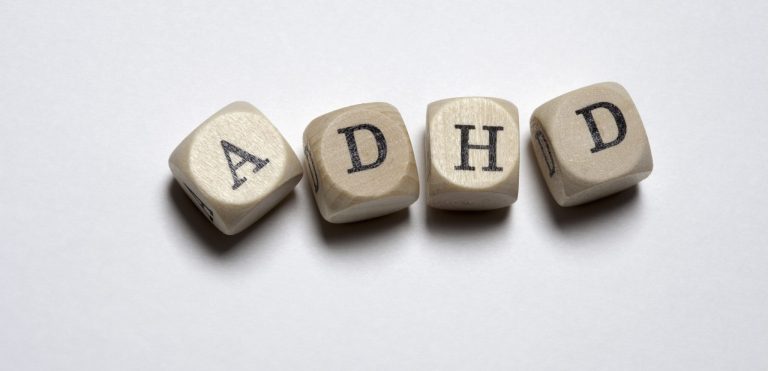Milia are those small white bumps you may see on your skin from time to time. You can find them almost anywhere, but they are most common on your nose, chin, and cheeks. While not harmful, they can make you feel insecure and uncomfortable in your skin. So what can you do about them and how to get rid of milia if they appear? Let's find out.
What are milia, and why do they happen?
Milia or "milk cysts" are little white spots on the skin. Most common in newborn babies—around 50% have them—they can also appear in people of all ages, from children to older adults. Unlike other spots, milia are not red or inflamed, so if you see inflammation or redness, the spots you're looking at are not milia and maybe acne or another skin condition.
So, what makes milia appear? Milia happens when the skin's natural keratin builds up or gets stuck. This gives the appearance of those tell-tale white bumps.
How do I get rid of milia?
For newborns, milia often resolves on its own, so resist the urge to squeeze, poke or pick to try to get rid of those milky spots and just wait. For adults, making milia disappear isn't always so easy. That said, there are a couple of tricks you can try to heal your skin and feel confident in your body. Here's how to get rid of milia in 5 easy steps:
Step 1: Use steam to open your pores
If you ever needed an excuse to head to the sauna, here's one. But even if the sauna isn't your game, you can still use steam to open your pores at home safely to release any trapped irritants. Here are some options:
Run a warm bath and sit in for at least 5-10 minutes to allow the steam to work on your skin. While you're there, why not add some essential oils and do a bathtub meditation.
Grab a large bowl from your kitchen and a towel. Fill the bowl with warm, steamy water and place your towel over your head and the bowl. Allow the steam to rise and open your pores.
Use a warm towel or facecloth. Run your towel under warm water, wring it out, so it is warm and dry. Place the warm towel on your face for 2-3 minutes. Repeat, if needed.
Step 2: Exfoliate using a gentle cleanser
Now that your pores are open, it's time to use a gentle exfoliant to clean the skin. Try to find one with citric, salicylic, or glycolic acid. These ingredients will help clear the milia and leave you with better-looking skin.
Remember, exfoliating too often can lead to skin irritation, so use exfoliant sparingly.
Step 3: Cleanse and tone your skin
Whether you love your gentle paraben-free soap or have a special go-to cleanser, now is the time to put it into action. Cleanse your face using warm (not hot) water and let it air dry. Avoid rubbing your face with a towel as this can cause further irritation.
Add in a toner to ensure that you have thoroughly cleansed your skin, and no microbic pieces of dirt remain trapped.
Step 4: Apply a light moisturizer
Dry skin can be prone to irritation, redness, and other skin problems, but at the same time, too-oily skin can lead to more milia. That's why you need a cream that works for you. A light moisturizer, ideally with an SFP factor, will help keep your skin hydrated and protected.
Step 5: Try a retinoid cream
Retinoid creams contain vitamin A, which is a beneficial ingredient to keeping your skin healthy. These creams may help reduce the appearance of milia and other skin problems. However, it's vital you use them sparingly. Once a day is often enough.
What not to do with milia?
While milia in itself is not harmful, some at-home treatments can cause further skin issues. Here's what not to do if you have milia.
- Don't poke, pick or squeeze. Applying pressure or making cuts in the skin can cause infection or inflammation. While tempting, it's best to avoid any at-home manual techniques for extracting milia.
- Avoid using strong chemicals. Maybe creams may promise results, but not all deliver. Using strong chemicals on your skin can cause irritation and even allergies, so best check with your doctor first.
- Make sure you remember about sun cream. The sun dries out your skin, which can cause further irritation. That's why before you leave the house, and especially in summer, it's vital you remember your sun cream.
When to go to the doctor?
Sometimes milia bumps can be stubborn, and at-home treatment or waiting it out just won't cut it. If this is the case, it might be time to book an appointment with a dermatologist. They may be able to offer you numerous options to get rid of your milia.
These may include prescription retinoid or glycolic acid creams or even physical extraction. Note, this should only be done by a professional. An at-home extraction may risk further infection. No matter your challenges with milia, a dermatologist will be best placed to give you advice for the treatment and ongoing skin care, taking into account your particular skin.






